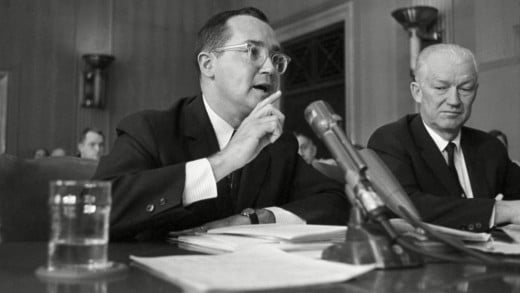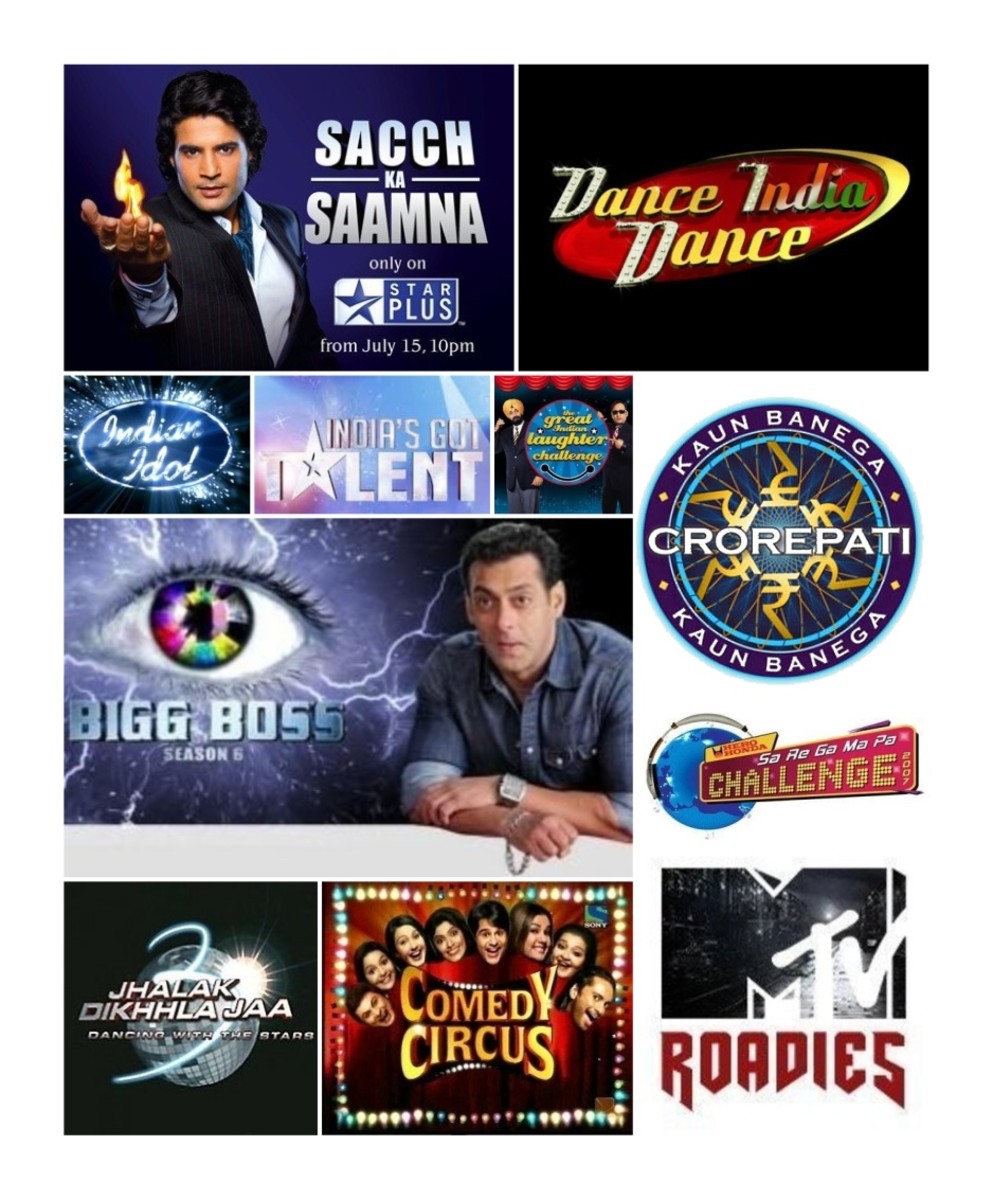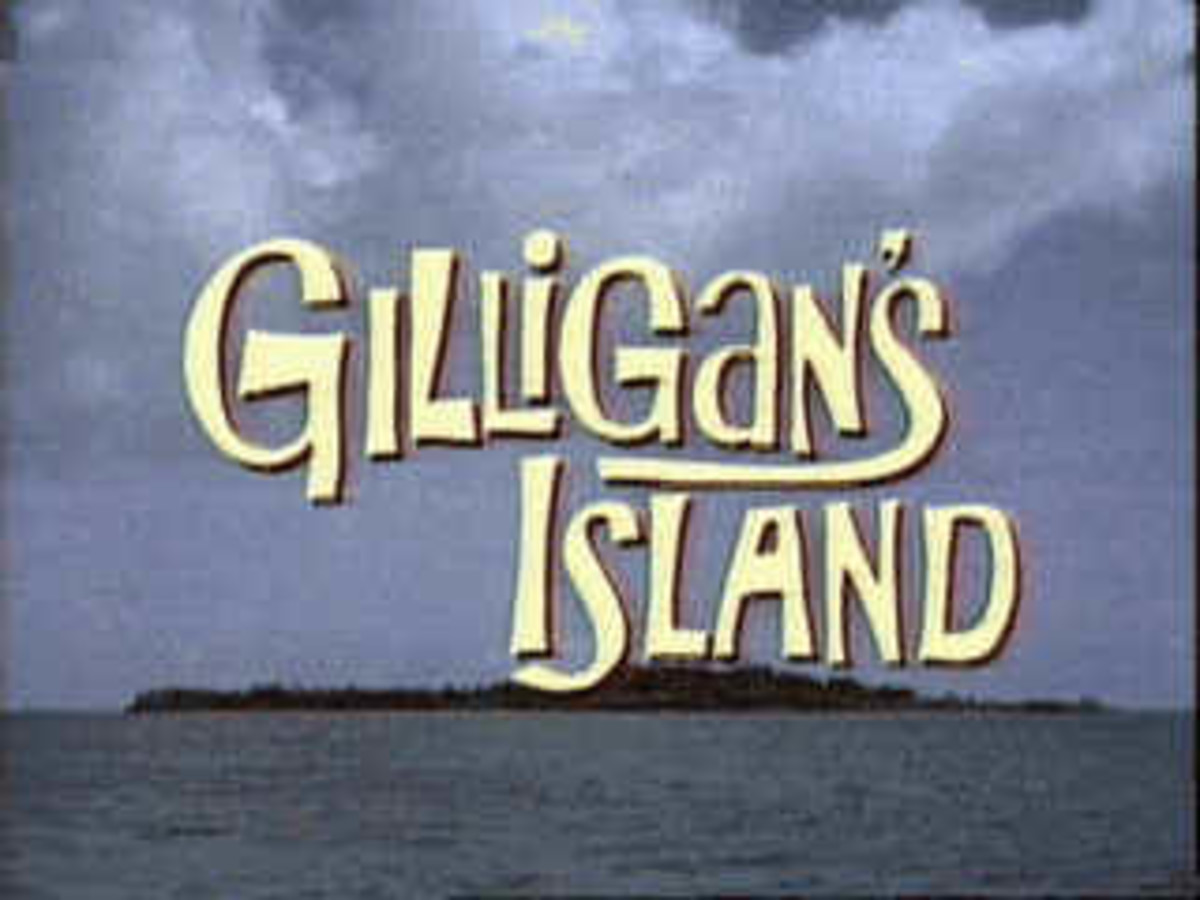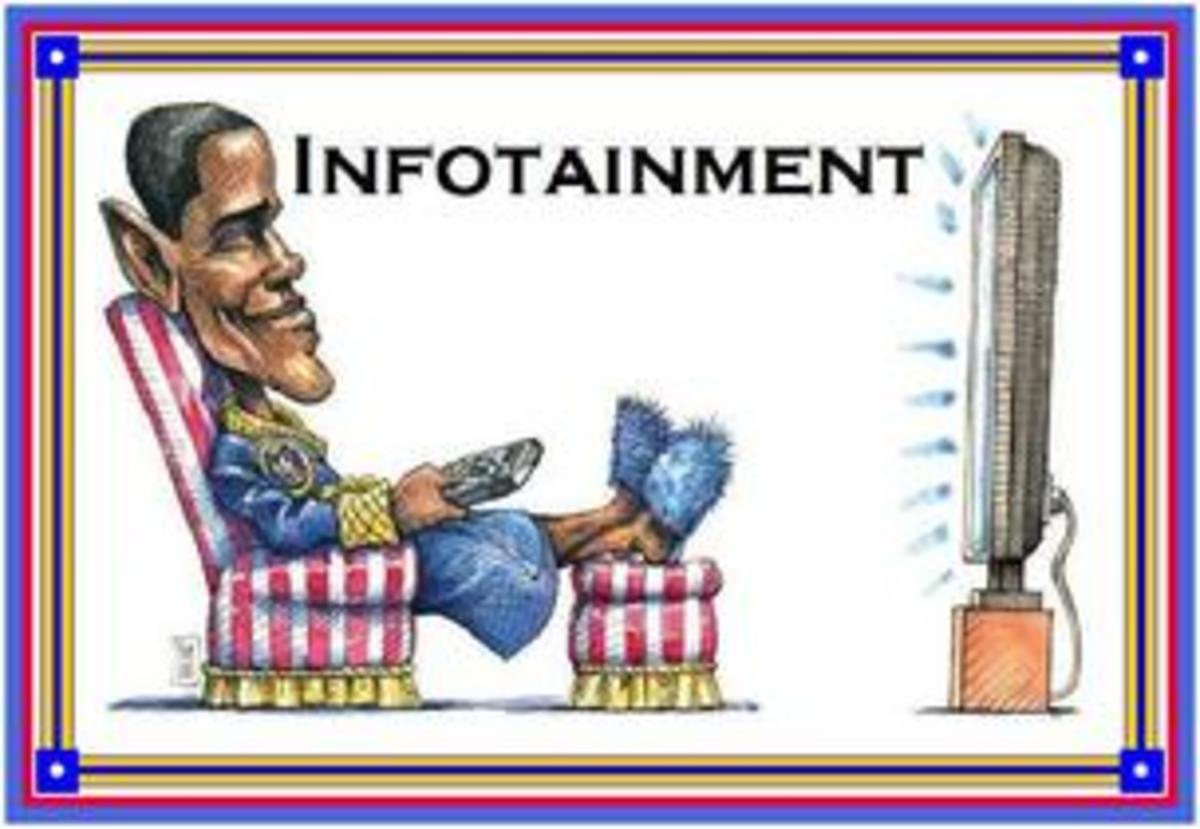TV Viewers Can Now Change the Medium, Not Just the Channel

When President Kennedy's FCC Chairman, Newton Minow, publicly ridiculed broadcasters for turning TV into a “vast wastleland" in 1961, there were just three TV channels. PBS wouldn't exist for eight more years, and pay cable was decades from gaining traction. A parade of saccharine soap operas, boilerplate westerns, and bone-headed shows (like Mr. Ed, about a talking horse, then in its third season) ruled the airwaves. That said, viewers in 1961 also had options like The Twilight Zone, Alfred Hitchcock Presents, The Ed Sullivan Show, American Bandstand, and news from the legendary journalist Walter Cronkite.
It's a truism that over the ensuing decades, TV accelerated in its downhill trajectory, turning from a 'wasteland' into a something more like a 'flaming cess pool'. A comprehensive list of unenlightening shows from the 1960s through the early 2000s would be an effort fit only for a flagellant medieval scribe. This was the era that brought us everything from Gilliigan's Island to Flavor of Love. (Manimal, anyone?)

In Chairman Minow‘s view, the medium was far from living up to its potential a half century ago. TV, he believed, had the power to change the world, whether for good or evil. The violence, sex, and general schlock on TV, as he saw it, was a direct result of the economic model of the medium. Programming was then almost solely driven by the Nielsen ratings system, in which a miniscule number of households were given a device to monitor viewing habits. Whatever the Nielsen households might happen to watch (or absent-mindedly leave on while doing chores) became highly-rated and so garnered more advertising dollars. Shows with poor Nielsen ratings, regardless of any broader value, tended to quickly vanish (except, debatably, on PBS).
Over the last decade or two, TV has been redefined by services like YouTube, Netflix, Hulu, Vudu and others. These services have the business advantage of having data on what is being watched and when, whether it is "liked”, and sometimes exactly what viewers think about content (via user comments). Though the internet is notoriuosly full of fluff and much worse, companies like Netflix have managed to leverage data and complex algorithms to eventually produce shows that have gained wide critical acclaim. In any case, it is viewers who now choose programming. They (we) have the ability to turn anyone or anything into a TV hit, YouTube star, or viral sensation.
"Television and all who participate in it are jointly accountable to the American public for respect for the special needs of children, for community responsibility, for the advancement of education and culture..."
— Newton MinowRight now, sandwiched between Growing Pains Season 7, a cute cat video, and a disturbing conspiracy video, is a virtual Alexandrian library of visual media, for those willing and able to search for it. YouTube, for example, now offers thousands of historical documentaries in high definition (like episodes of BBC's excellent docuseries Timeline). Vimeo and Hulu are meanwhile becoming the sorts of film and television archives once found only in college libraries. Google offers access to all of this material and more, including its own enlightening "talks", through its video search.
Given the availability of so much “quality” content, the internet now has far greater potential than TV once did to "enlarge the horizons of the viewer," as Minow put it. That is, if viewers choose to view and support good content, even occasionally. Outside the shrinking Nielsen matrix, the individual viewer now has a true “vote" as to what content is propagated and subsequently, what is later created.
Consider the story of the YouTube channel ”SBSK”. Founded in 2016 by special educator Chris Ulmer, the channel, which features children and adults with disabilities, currently boasts nearly half a million subscribers. Some videos have viewcounts in the millions.
”Mr. Chris” interviews an array of individuals with diverse conditions. Some have visible disabilities that will be unfamiliar to many, and perhaps shocking to some, at least initially. Other guests have less visible challenges, ranging from Williams syndrome to Tourette's, from brain cancer to blindness or hearing impairment.
This may sound like challenging material to take in, but that is part of the point: to challenge the status quo of perceptions of people with various limitations or conditions. Here, we meet people with sometimes severe limitations who present themselves as anything but objects of sympathy or pity. Ulmer allows his varied guests to communicate to his audience in whatever way they are able to and/or wish to do. This yields a diversity of unexpected insights about varied people, not unlike the hugely popular Humans of New York photoblog. In one segment, for example, a man with autism challenges Mr. Chris to stump him in movie trivia. In another episode, we learn about the challenges of dating with a disability from a man diagnosed with cerebral palsy.
Often these vignettes are poignant, fascinating, or even downright funny, such as in one video featuring a British comedian who is nonverbal and uses a speech device to communicate his remarkably funny material. [Update: Lee Ridley coincidentally appeared on Britain's Got Talent around the time this article was originally published, garnering over a million views within a week.]
By itself, content like this is thought-provoking, educational, and sometimes, inspiring (though not always). Ulmer introduces us to one elderly woman, a Holocaust survivor with PTSD, who describes the difficulty she has had all her life being happy after her harrowing experience. But even this segment ends in a touching way.
SBSK features both children and adults willing to be honest and open about their thoughts and feelings, often answering the top questions people tend to wonder about them. In many clips, we are reminded that "neurodiverse" people simply want to engage with a broader audience or show off their skills—like any YouTuber. And that too is part of the point.
Frequently, viewers also gain practical knowledge. We learn, for example, how a man with more visible disabilities (resulting from the now-banned drug thalidomide) prefers to be engaged by others in public, beyond the really-should-be-obvious (don't stare, bully, or avoid "different" people). Content like this gives those of us who care about better treatment of disabled people a handy guidebook, among other things, without much time invested.
Because some of the individuals featured are mostly home-bound (like Eric LaGrand, a college football star who deals with quadriplegia and yet maintains the best of attitudes), it is a privilege to get to know them through the internet. Often, they share advice on the topic of accepting and dealing with challenges. Sometimes, we learn the value of simply spending time with or making an effort to befriend people with different issues, such as a charming woman with Alzheimer's.
We may be passive as we watch these stories, but we can actively "like" them, and both acts have real benefits to the content producer, given the economic model of YouTube and sites like it. Additionally, the more educated we are as a public about different kinds of people in general, the more likely we are to prevent unnecessary hardship in their lives. After all, we have all encountered someone with a diagnosis in the course of our own daily lives, whether we knew it visually or not.
Viewers of today's "TV" have an ever-increasing voice in the content creation process. As YouTube and other services become more readily available (with many new TV remotes even featuring a YouTube button), viewers in 2018 are empowered to select anything from traditional dumbed-down television shows to material of real potential value. In the aggregate, a society full of people who are better educated and who better understand the preferences and perspectives of a variety of its people seems like a particularly worthy objective, especially in the current climate of vitriol.
At a minimum, it is inspiring to think that our mere viewing of content can now produce a social good as simple a genuine smile from another person. This is something Minow could never have imagined.
© 2018 Robert D Crouch








